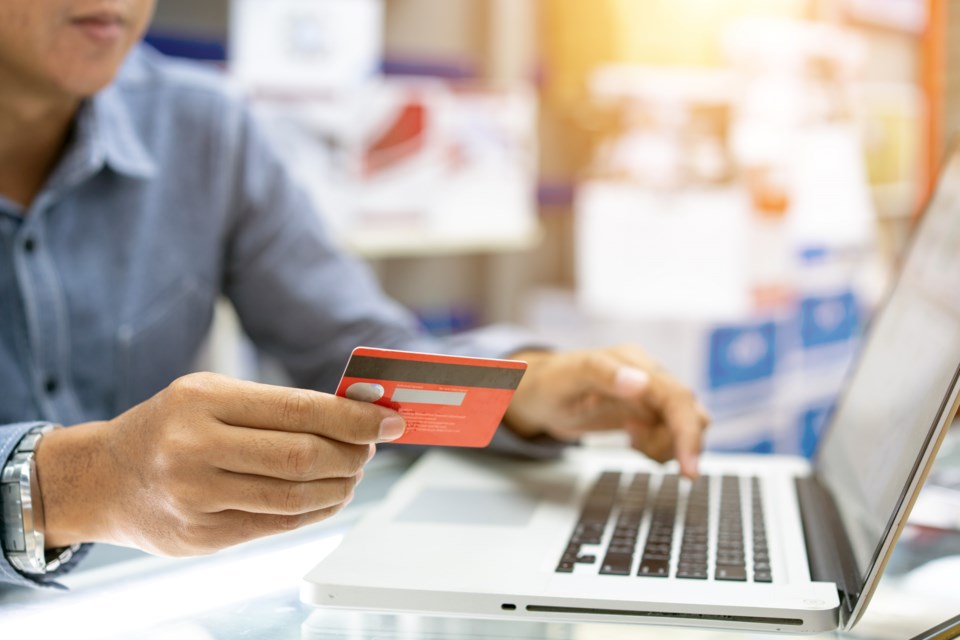A personalized item might seem perfect; however, interested shoppers should look out for misleading ads on Instagram, Facebook, and TikTok promoting customized products.
The Better Business Bureau's (BBB) Scam Tracker has gotten numerous reports from people whose purchases were far different from what they thought — if they arrived.
How the scam works
While scrolling through social media, an ad comes up for the cutest personalized product. It could be a clothing item with a loved one's name on it, a keychain with a favourite pet’s face, or a paint-by-numbers kit made from a provided photograph.
Whatever the case, you click the link to the company’s website. Everything looks legitimate, so you purchase with great anticipation.
However, when the order arrives (if it arrives at all), it’s not the expected or imagined quality. The personalization might contain errors, or the product may differ completely from the website's description.
The contact for customer service doesn't respond, or if you speak with someone via phone or email, they assure you they will fix the issue — but never do.
Ultimately, you are left with an undesirable product or no way to get your money back.
In a recent BBB Scam Tracker report, one consumer reported, "I saw an ad on Facebook advertising 'GOING OUT OF BUSINESS SALE' for Big Lots. I placed an order on biglotsonsaling.com on my bank debit card and a separate order on my credit card. Then learned it's a scam. Big Lots knows about it. My roommate looked it up. I wish I had more more info but that's all I know."
Another shopper reported this experience buying a custom hoodie online: “After five days, I hadn't received a shipping notification and got curious. Returning to the site, I used their tracking option, but there was no result. I called the phone number on the site, which connected to a garage door company.”
How to avoid social media ad scams
Research the company before making a purchase
- Before entering any personal information into a website, research the company thoroughly. Examine the website. Poor quality images, images found on other websites, and spelling and grammatical errors are all red flags. A real business should have valid contact information (i.e., a working phone number and customer service email address). If the business has a physical address, research it on Google or Apple Maps. Look to see if they have a profile on BBB.org.
Be skeptical of too-good-to-be-true ads
- Ads promising extreme discounts, free products, or “limited-time offers” may be bait to lure you into a scam.
Inspect the ad and website
- Look for red flags. Poor grammar, blurry images, or generic product descriptions can indicate a scam. You should also verify the URL. Scammers often create fake websites with slightly misspelled domain names. Also, check for HTTPS. Ensure the website URL starts with "https://" for secure transactions.
Look up reviews on other websites
- Read as many reviews as possible from websites besides the company selling the product. Keep a close eye out for customer complaints. Search the business name in a trusted search engine along with the word “scam” to see if others have reported the business as a fake.
Beware of "sponsored" ads
- Just because an ad is labelled “sponsored” doesn’t mean it’s legitimate. Social media platforms don’t always verify the authenticity of advertisers.
Pay with a credit card
- Ideally, use a credit card instead of a debit card since it’s easier to dispute fraudulent charges with a credit card, and there is a better chance of getting a refund.



